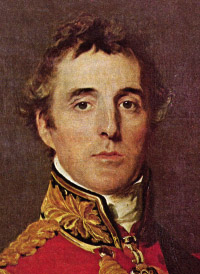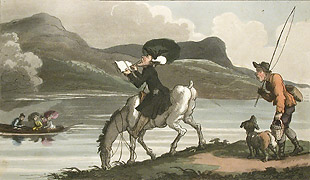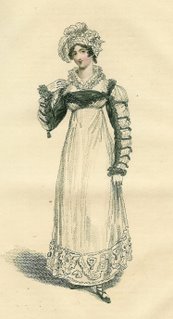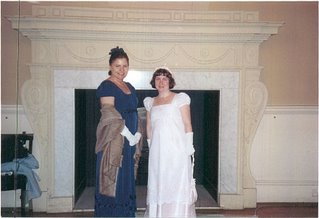…or Confessions of a Writing Book Junkie
It seems that whenever I struggle with the writing…no, rewind and correct…when I struggle more than usual with the writing, one of my solutions is to buy and read another book for writers, whether it be something motivational or more craft-oriented. The funny thing is they do usually help. They either reassure me that my struggles are normal and I am not clueless and the best give me ideas of new things to try. Sometimes just the act of changing something helps to clear a logjam.
So now I’m going to tell you about some of my personal favorites.
 Debra Dixon, GOAL, MOTIVATION, AND CONFLICT: The Building Blocks of Good Fiction, Gryphon Books for Writers, 1996, ISBN: 0965437108. I usually do GMC charts a la Debra Dixon for at least the hero and heroine when I’m starting a book, and revisit them when troubleshooting weak spots. Sometimes I find the GMC model a bit static–I like combining it with principles from THE WRITER’S JOURNEY.
Debra Dixon, GOAL, MOTIVATION, AND CONFLICT: The Building Blocks of Good Fiction, Gryphon Books for Writers, 1996, ISBN: 0965437108. I usually do GMC charts a la Debra Dixon for at least the hero and heroine when I’m starting a book, and revisit them when troubleshooting weak spots. Sometimes I find the GMC model a bit static–I like combining it with principles from THE WRITER’S JOURNEY.
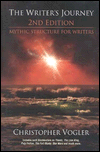 Christopher Vogler, THE WRITER’S JOURNEY: Mythic Structure for Writers, Wiese, Michael Productions, 1998, ISBN: 0941188701. Vogler takes inspiration from THE HERO WITH A THOUSAND FACES, by Joseph Campbell (which I have not read but plan to) and shows how principles of the mythic hero’s journey can be applied to screenplays, novels, etc… When I read this, I had already completed 6 books and could see that I’d already included many of these elements in my writing. However, the questions posed in each chapter have been useful in helping to brainstorm my current work-in-progress. I think it would also help in pinpointing weaknesses in a draft. I like the way it parallels the writer’s journey with the story hero’s.
Christopher Vogler, THE WRITER’S JOURNEY: Mythic Structure for Writers, Wiese, Michael Productions, 1998, ISBN: 0941188701. Vogler takes inspiration from THE HERO WITH A THOUSAND FACES, by Joseph Campbell (which I have not read but plan to) and shows how principles of the mythic hero’s journey can be applied to screenplays, novels, etc… When I read this, I had already completed 6 books and could see that I’d already included many of these elements in my writing. However, the questions posed in each chapter have been useful in helping to brainstorm my current work-in-progress. I think it would also help in pinpointing weaknesses in a draft. I like the way it parallels the writer’s journey with the story hero’s.
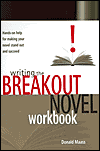 Donald Maass, WRITING THE BREAKOUT NOVEL Workbook, Writer’s Digest Books, 2004, ISBN: 158297263X. WRITING THE BREAKOUT NOVEL contains this top agent’s advice for writing the breakout novel, defined as one that brings its author a “dramatic leap in sales over her peers or even ahead of her own previous work.” While the book is useful, I find the accompanying workbook more so. There are exercises for character development, plotting and other aspects of storytelling that are geared to helping one think out of the box. One caveat: one does NOT have to slavishly include results from all the exercises in the final work. I have sometimes seen that result in characters who go beyond edgy to distorted and/or unsympathetic. Maass’s style is very authoritative, but as in all things, artistic judgment is crucial.
Donald Maass, WRITING THE BREAKOUT NOVEL Workbook, Writer’s Digest Books, 2004, ISBN: 158297263X. WRITING THE BREAKOUT NOVEL contains this top agent’s advice for writing the breakout novel, defined as one that brings its author a “dramatic leap in sales over her peers or even ahead of her own previous work.” While the book is useful, I find the accompanying workbook more so. There are exercises for character development, plotting and other aspects of storytelling that are geared to helping one think out of the box. One caveat: one does NOT have to slavishly include results from all the exercises in the final work. I have sometimes seen that result in characters who go beyond edgy to distorted and/or unsympathetic. Maass’s style is very authoritative, but as in all things, artistic judgment is crucial.
 Julia Cameron, THE ARTIST’S WAY: A Spiritual Path to Higher Creativity, Penguin Group, 2002 (10th anniversary edition), ISBN: 1585421464. Cameron combines spirituality with creativity in a way that bothers some religious persons. Personally I find it odd that they doubt the connection. Anyway, it’s a 12 week program with chapters on various aspects of unblocking, each with exercises designed to identify blocks to creativity and encourage the participant to explore his/her creativity. There are also two aspects of the program which are ongoing and I find helpful.
Julia Cameron, THE ARTIST’S WAY: A Spiritual Path to Higher Creativity, Penguin Group, 2002 (10th anniversary edition), ISBN: 1585421464. Cameron combines spirituality with creativity in a way that bothers some religious persons. Personally I find it odd that they doubt the connection. Anyway, it’s a 12 week program with chapters on various aspects of unblocking, each with exercises designed to identify blocks to creativity and encourage the participant to explore his/her creativity. There are also two aspects of the program which are ongoing and I find helpful.
One is the Morning Pages. Basically, you fill 3 pages with free writing about whatever is on your mind. I find that venting emotions harmlessly onto the page helps me deal with life. I also discovered through this process that brainstorming on paper works better for me than just mulling things in my head. I’m a writer. Go figure. 🙂
The other concept is the Artist Date. Where the Morning Pages are intended to clear blockages, Artist Dates are for refilling the well. An Artist Date is an activity that pleases the muse: going to a movie or concert, baking, dancing, painting. Experiencing or practicing some form of art different from one’s current project or career. Last April I blogged about an artist date at the Corning Museum of Glass.
 Steven Pressfield, THE WAR OF ART: Break through the Blocks and Win Your Inner Creative Battles, Warner Books, 2003, ISBN: 0446691437.
Steven Pressfield, THE WAR OF ART: Break through the Blocks and Win Your Inner Creative Battles, Warner Books, 2003, ISBN: 0446691437.
Tough love for writers and a nice complement to THE ARTIST’S WAY. Where Cameron has you try to pinpoint and heal creative wounds, Pressfield reminds you that the work itself will heal you. Here’s a quote from the end: “Creative work is not a selfish act or a bid for attention on the part of the actor. It’s a gift to the world and every being in it. Don’t cheat us of your contribution. Give us what you’ve got.”
For those who are interested, I have some short descriptions of these and my other writing books on my website (click on Writing). As with everything else, your mileage may vary.
I’ll leave you with a question and a warning. What are your favorite writing and/or motivational books? And the warning: Reading books on writing can be a very clever way to avoid the real butt-in-chair work of writing. Don’t ask me how I know that. 🙂
Elena
LADY DEARING’S MASQUERADE, RT Reviewers’ Choice, Best Regency Romance of 2005
www.elenagreene.com
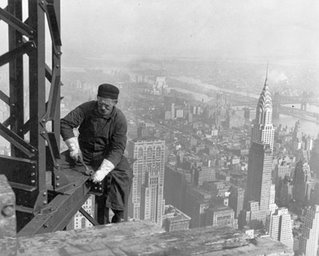 How do you celebrate a special achievement?
How do you celebrate a special achievement? I’ve also been at Ebay quite a lot, too, where you can look at all sorts of stuff you can’t possibly afford to buy–antiques and so on–but one of my major sources for presents. And I just, uh, happened to win the bid on these little darlings today. No, they’re not diamonds. They’re not old. But I think they’re cool.
I’ve also been at Ebay quite a lot, too, where you can look at all sorts of stuff you can’t possibly afford to buy–antiques and so on–but one of my major sources for presents. And I just, uh, happened to win the bid on these little darlings today. No, they’re not diamonds. They’re not old. But I think they’re cool.







